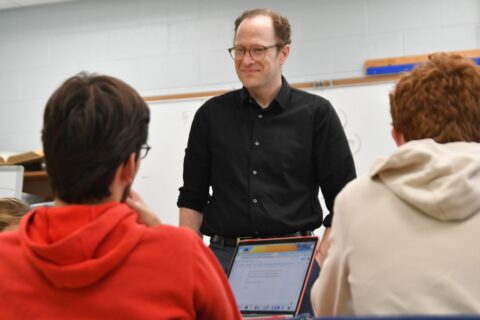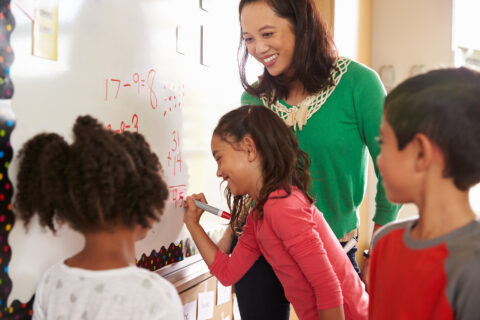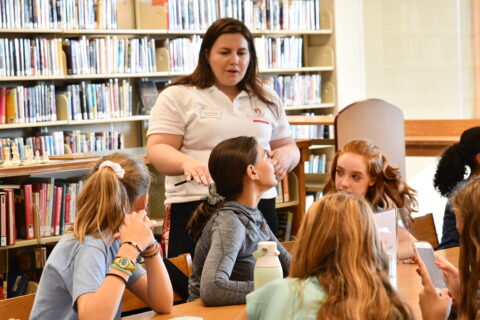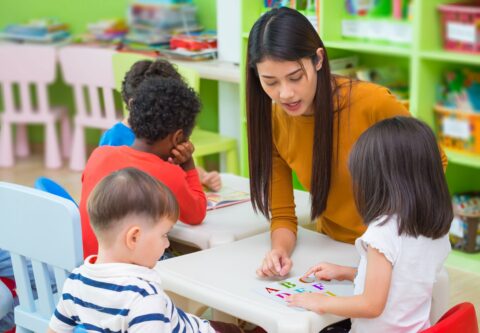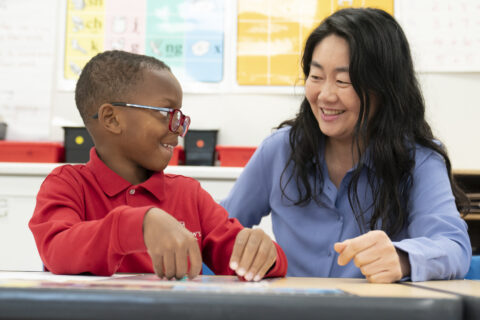
The Evolution of the 4 Guiding Principles Chart – Empathy, Growth Mindset, Positive Identity, and Belonging for Lower School Learners
By Sung Hee Kim Earlier this school year, we sat down with Sung Hee Kim, First Grade Teacher and Lower School Diversity, Equity, and Belonging Co-coordinator at St. Andrew’s Episcopal

